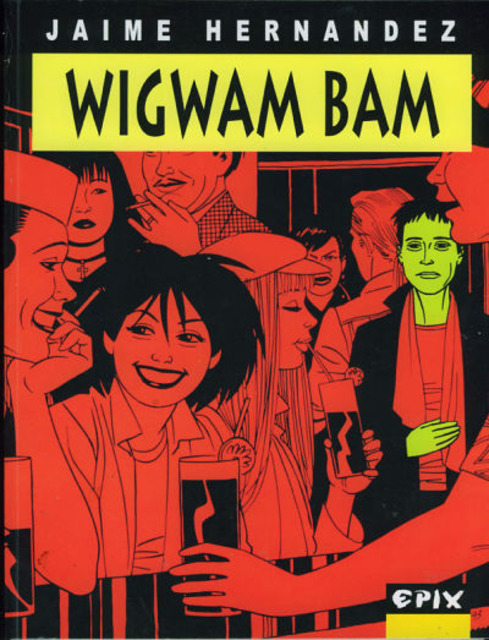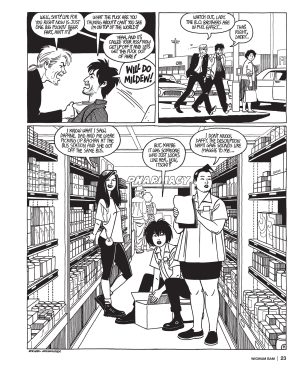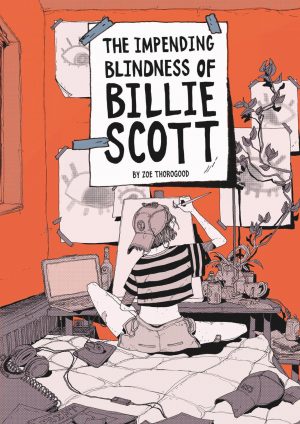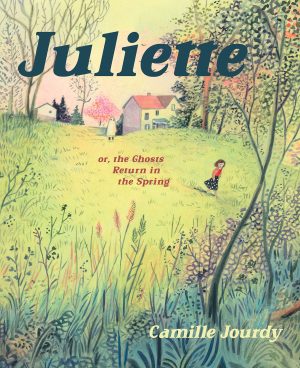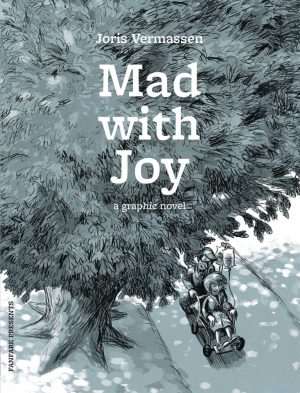Review by Diego Guerra
Maggie, of Mexican descent, and Hopey, a mix of Colombian and Scottish heritage, have been friends since adolescence in Hoppers, California. Their relationship evolved into becoming lovers in an open setting, guided by their punk rock connections, leading them to a city on the East Coast immersed in the art and gay community scene. There, they faced snobbery and a certain intolerance, if not outright racism. While Hopey developed a thicker skin for such challenges, Maggie was always deeply affected, becoming the catalyst for a more serious break than anyone could have anticipated.
In Hoppers, rumours are circulating that they’re no longer together, and their friends Daffy and Izzie, who care deeply for them, wonder what’s happened. So do Doyle and Ray, facing their own complex personal crises. It’s known Hopey stayed in the city, attempting to form a rock band, becoming a guest of an elderly former TV sitcom diva, and encountering extremely sordid situations. What isn’t known is her witnessing things she shouldn’t have, yet miraculously surviving. As for Maggie, nothing more is known about her, at least for now.
Wigwag Bam is just one chapter of the so-called Locas Stories, the vast continuity created by Jaime Hernandez. Like Balzac’s La Comédie Humaine, these stories intertwine across various books, creating a portrait of a generation marked by punk philosophy and openness to racial and sexual diversity. However, Wigwag Bam stands independently of the stories that precede and follow it. Published in the early 1990s, at the time it marked Hernandez’s longest and most ambitious story, serving as a true ensemble narrative with a diverse cast.
With freshness and a sense of humor, it explores the pain of a breakup, the bonds between friends and lovers, and the challenges of fitting into society. In addition to being a solid storyteller, Hernandez honed his artistic skills in Wigwag Bam, using delicate and fine drawings with impeccably realistic human figures. Yet, he also incorporates narrative elements typical of more cartoonish comics. While the influence of masters like Alex Raymond, Stan Drake, or Leonard Starr is evident, certain expressions and frames hark back to simpler comics like the classic Archie comics of the 1950s and 1960s or Peanuts strips. Wigwam Bam takes its name from Sweet’s 1970s glam rock song , which marks the characters’ initiation into a sentimental education through music, the transition from puberty to a tumultuous and painful youth, but always worth living. It’s a beautiful, complex, and profound book that explores the boundaries of what was then beginning to be called a graphic novel.
The entire story is also found in the hardcover Locas compilation, although as that’s long out of print, you might be better off checking out Perla La Loca instead.
